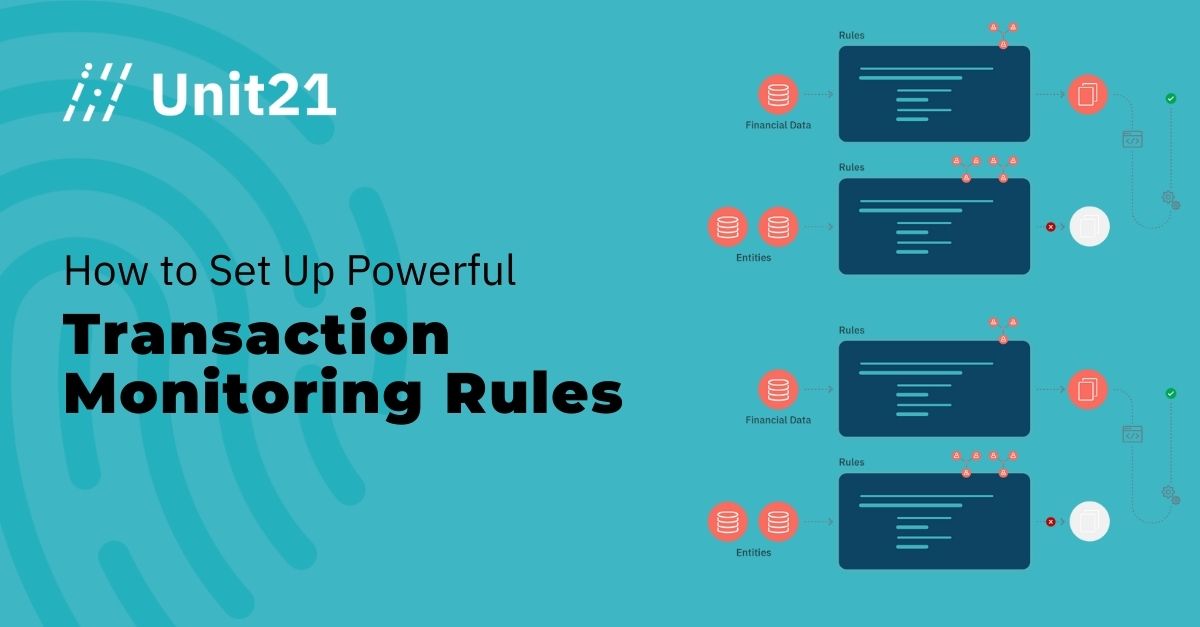The Mini Offshore Captive Insurance Company
The Mini Offshore Captive Insurance Company (sometimes referred to as a pure offshore captive) is a powerful and unique way to cut both your business and estate taxes while moving your assets out of the reach of future business and personal creditors. If you are operating a business with $500,000 to $1.2m per year in profits you want to eliminate from your U.S. tax return, and move in to an offshore asset protection structure, you should consider a Mini Offshore Captive Insurance Company.
Note: This article describes the Mini Offshore Captive Insurance Company. It is intended for those who wish to deduct up to $1.2m per year. The full sized Offshore Captive Insurance Company is a very different and more complex animal.
Let’s start from the beginning. The Mini Offshore Captive Insurance Company was created by Congress in 1986 and can be found in IRC S 831. This section of the U.S. tax code and the related safe harbor provisions, allow you to form an Offshore Captive Insurance Company to underwrite all types of business property or casualty risk. Your U.S. company may then pay up to $1.2m to this Offshore Captive Insurance Company, taking a 100% deduction in the year paid. This should result in a tax savings of about $420,000 per year. However, you must pay U.S. taxes on all passive income these premium payments/retained earnings generate.
I note that this savings is only available to those who form a licensed Captive Insurance Company. While you can self-insure using a sinking fund, you may not deduct transfers to a fund. Only payments to an insurance company are excluded from income when paid.
In order to be classified as a Mini Offshore Captive Insurance Company, you must agree to be taxed as a U.S. C Corp, make an irrevocable election with the IRS, and file U.S. returns on the calendar year in most cases. While this election is irrevocable, it is automatically terminated if you pay more than $1.2m in a year to the Captive Insurance Company. Thus, if you want to play in the big leagues for a year, you can do so and then file a new election to return to the minors.
Because a captive is taxed as a C corporation, distributions as dividends from a Mini Offshore Captive Insurance Company are considered “qualified” dividends and taxed at the long term capital gains rate.
Also, because of the Mini Offshore Captive Insurance Company’s unique standing in the U.S. tax code, you can move significant wealth out of your U.S. estate and away from the U.S. estate tax (which applies to U.S. assets in excess of $5m) as well as gift and generation skipping taxes. Assuming the offshore captive operated for 10 years, you could move as much as $12m offshore. To take advantage of these tax benefits, offshore trusts should be the owners of the offshore captives and your children and heirs should be the beneficiaries of these trusts. One trust per heir is suggested. And these returned earnings enjoy the highest level of offshore asset protection available. Because the premium payments are considered ordinary and necessary business expenses, there should be no risk of a claw-back from a U.S. court on issues of fraudulent conveyance. In fact, if the offshore captive was formed before a problem arises, I expect these transfers will be allowed to continue during and after litigation. You should consult an attorney prior to forming and offshore captive if this applies to you.
One additional benefit of the Mini Offshore Captive Insurance Company is that it provides a tax efficient way to compensate key employees. To use the captive in this way, you might operate a (second) offshore captive for their benefit or issue preferred shared from your primary offshore captive. These key employees would redeem these shares upon retirement and pay tax at long term capital gains rates, which should be lower than the tax on any other form of deferred compensation.
Above, I suggested you can form a second Mini Offshore Captive Insurance Company. In fact, you can from as many mini captives as you like, so long as they have different shareholders. This is a good way to accommodate shareholders with differing retirement and investment goals, multiply the tax benefits, and ensure you make the most of the estate planning options… especially when the partners are not related.
- Watch out for the attribution and constructive ownership rules under IRC S 1563 that might combine offshore captives, thereby exceeding the $1.2m limit and crashing the system. Advanced planning is required if you wish to deploy multiple Mini Offshore Captive Insurance Companies.
If you do not have at least $500,000 to move offshore (I suggest this arbitrary amount as being cost effective), but have a group of entrepreneurs that want to plant that first flag offshore and begin building towards a full captive, you might consider a series LLC Mini Offshore Captive Insurance Company. In this case, a master LLC is formed in a state that allows for this and each partner forms his or her own LLC as part of the series… basically a subsidiary of the master LLC. The master LLC will obtain a mini captive license and each series LLC will pay in premiums as they see fit, up to a combined total of $1.2m. These series LLC will insulate the partners from each other’s assets and liabilities, allow them to pool resources to cover costs, and to insure much lower amounts of risk. Such an arrangement might be best suited to a group of professionals who wish to deduct around $250,000 per year each. By forming an offshore trust for each LLC member, investors will also receive the estate planning benefits.
Offshore Captive Insurance Company Must Provide Insurance
Because a Mini Offshore Captive Insurance Company must actually provide some type of insurance, and premium payments must be reasonable, at fair market value, and ordinary and necessary expenses of your U.S. business, forming an offshore captive is a rather complex and costly undertaking. These costs are the main reason I suggest a minimum annual principal payment of $500,000, or a series LLC to get your group to $1.2m.
In order to be classified as an insurance company by the U.S. tax code, you need 1) and insurance license from an offshore jurisdiction like Cayman, Bahamas, BVI or Vanuatu, and 2) to shift risks from the operating company or its affiliates to the licensed insurance company. In order to meet this requirement, you must show that the Mini Offshore Captive Insurance Company you formed is insuring specific risks of your business in exchange for a reasonable premium.
These requirements make the formation of an Offshore Captive Insurance Company a long process. Feasibility studies, capitalization, financial projections, risk analysis and premium value analysis, and the retention of a qualified insurance manager are all required before you can apply for a license.
The amount of capital required (capitalization) of the captive insurance company is based on the type and level of risks being insured and varies by jurisdiction. Capitalization may provide you with an opportunity to move after tax retained earnings or personal savings offshore for asset protection purposes. Alternatively, you might qualify for an irrevocable letter of credit to satisfy this requirement.
As a Mini Offshore Captive Insurance Company must provide insurance (insurance is in the name by gosh, but many ignore this aspect), a complete risk analysis is required. You must determine which risks you will cover “in-house,” which you will leave with your current provider, and the fair market value of these premiums.
The key to the risk analysis for a mini captive, compared to a full captive, is that you should insure only risks that have a low probability of occurring. For example, you might insure against product liability, war, major currency devaluation, labor strikes, workers comp, product recall, pollution liability, group pension plan liabilities, a nuclear explosion, and property theft from the office (usually minor claims only).
- If you decide to insure risks with a higher probability, you may be able to purchase reinsurance at a lower rate than is available onshore.
Note that an insurable risk is one that might occur, not one that will occur. If an event will occur, even if the amount/cost of the event can’t be determined, it’s not an insurable risk. Payments in to an offshore captive for an event that will occur are considered deposits in to a sinking fund and are not deductible. (IRS rev. Rule 2007-47)
The last requirement I’ll cover here for Mini Offshore Captive Insurance Company is that more than 50% of its total revenue must come from premium payments (IRC S 816(a)). If interest, dividends or other passive income from investing premiums and initial capital exceeds income from premiums, you may lose your insurance company status and be considered a passive foreign investment company.
- Remember that the owner of a Mini Offshore Captive Insurance Company gets to deduct 100% of his/her premium payments but must pay U.S. tax on all passive income. Treatment of premiums and passive income is much more complex for an offshore insurance company that doesn’t make the “mini” election and those with more than $1.2m in premiums.
The 50% of revenue requirement is not a problem during the first few years of operation. You might even expect to run for 10 years without hitting this PFIC limit. In later years, assuming your investment returns are significant, you may need to shut down the captive and form another, invest capital in more conservative products, or distribute out sufficient funds as qualified dividends.
Uses of a Mini Offshore Captive Insurance Company
So long as you make the proper election, adhere to the principles of risk shifting and insurable events, avoid excessive loan backs and anything that might look like self dealing, do not provide life insurance, and keep up with your IRS obligations, a Mini Offshore Captive Insurance Company is a very powerful international tool. It provides significant tax savings, unparalleled asset protection, and offshore estate planning not available elsewhere.
Now that you have a solid understanding of what a Mini Offshore Captive Insurance Company can do, let’s talk about who should consider forming one. An offshore captive is best suited for those with:
- A profitable business that can deduct up to $1.2m from its U.S. taxes.
- A business with multiple entities, or that can divide itself in to multiple operating subsidiaries – (if you have only a single entity, don’t worry, we can set these U.S. affiliates up for you).
- A business with at least $500,000 per year in sustainable operating profits.
- A business owner who wants personal and business asset protection and/or estate planning.
- A group of independent professionals who want to go in together on a Mini Offshore Captive Insurance Company using a series LLC.
A few examples of potential clients are medical doctors, lawyers, investment advisors, hedge fund operators, family offices, and anyone with a mature business and a few million in profits each year.
For example, let’s say you are an investment advisor with $3m in profits P.A., 4 children, and a significant personal net worth. Your objectives for a Mini Offshore Captive Insurance Company might be to maximize wealth accumulation, reduce current income taxes, protect assets from personal and business creditors, and devise a tax efficient system to transfer wealth to your heirs.
You might decide to from a Mini Offshore Captive Insurance Company in Cayman. You might then form four offshore trusts in Belize, one for each of your children, to own the captive. In this way, the shares (and thus the assets) of the captive are lifted out of your U.S. estate and you can avoid both estate and generation skipping taxes.
During the formation state, the manager of the captive will need to perform a feasibility study and find a number of “real” or “insurable” risks to be covered by the offshore captive. In the case of the financial advisor, the study might identify ten risks and therefore wire ten separate policies. Each policy must apply the usual and customary insurance industry underwriting principles and must be reasonable in light of the risks being transferred to the offshore captive.
As a result, premiums paid by your investment advisory business are fully deductible in the year paid and the captive is not taxed on premium income. Only the investment income on money in the captive is taxable as earned (no tax deferral available). Also, distributions to the four trusts qualify as dividends and are taxed at 20% (was 15% in 2012).
I also note that the premiums paid to the offshore captive, as well as distributions to the four offshore trusts, are not subject to the claims of your personal creditors or the creditors of your investment management business. Because these payments are deemed ordinary and necessary business expenses, the offshore asset protection is iron clad.
I hope you have found this article helpful. The planning, formation, and management of a Mini Offshore Captive Insurance Company is a complex matter. I’ve done my best to summarize the basics. For additional information please send me an email to info@premeiroffshore.com or give us a call anytime.











